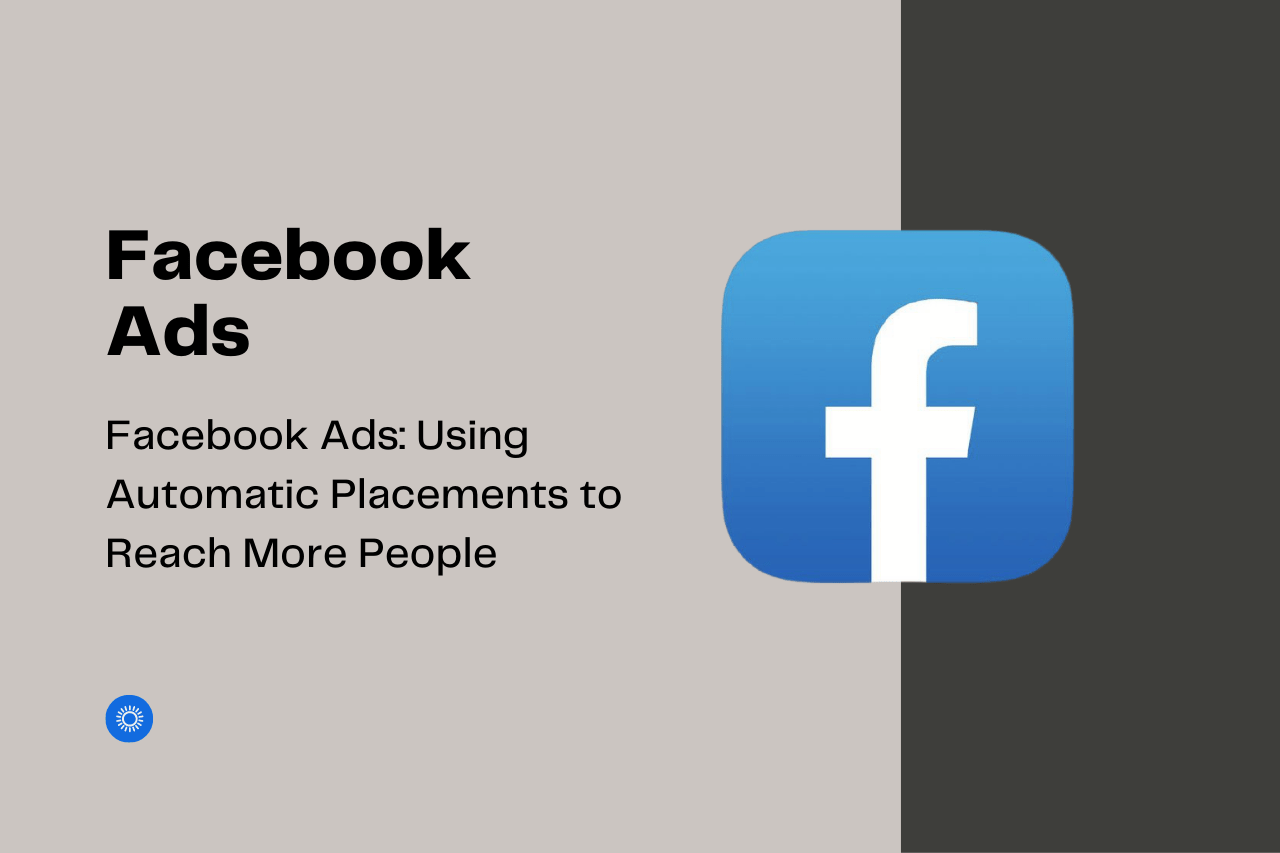
Like most everything else in today’s business world, each has pros and cons that influence the decision-making process. When all eyes are on you, making the wrong decision can be a real game changer that impacts your enterprise’s bottom-line.
After all, the main reason for investing in Facebook ads is to increase your click-through rates (CTRs) and customer conversions. Right? If that’s your goal, here’s how using Automatic Placements can help you maximize your Facebook ad dollars.
Pros of Using Automatic Ad Placements
When you invest in a Facebook ad set using the Manual Placement option, your ads only appear on the Facebook app. As a result, your investment may only convince a small percentage of target audience members to visit your website or sign up for an email list.
With Automatic Placements, that same ad set appears in numerous apps used by millions of additional potential customers. Based on your Facebook settings, those algorithm-targeted placements may include:
- Audience Network
- Messenger
Using Audience Network as an example, this feature allows you to extend your marketing reach entirely outside of social media into mobile apps and websites. Your ad can also be displayed in either a native, interstitial or banner format.
With respect to Instagram, that platform now boasts over one billion monthly users. Many “Instagrammers” that no longer actively use Facebook might just be interested in what you’re selling. And although another group of target-audience members may not spend much time scrolling through their Facebook feeds every month, using Messenger to stay connected with family and friends is a priority.
By choosing Automated Placements, your initial investment will allow your ads to reach a wider target audience- making it a more cost-effective option in the long run. Since higher CTRs and higher conversion rates tend to overlap, using your advertising dollars more efficiently may just make you look like a marketing genius at the next Zoom meeting!
This informative video explains more about how Facebook’s automatic ad placement feature
works: https://www.facebook.com/business/help/196554084569964?id=369787570424415
Automatic Ad Placements Don’t Always Work
Allowing Facebook’s algorithm to choose is tempting because it gives you these 12 different ad placement options:
- Facebook Newsfeed
- Instagram Newsfeed
- Facebook Marketplace
- Facebook Video Feeds
- Facebook Right Column
- Instagram Explore
- Facebook Messenger Index
- Facebook Stories
- Instagram Stories
- Messenger Stories
- Facebook In-Stream Video Ads
- Facebook Search Results
But since Instagram placements look quite different than the Automatic Placements found on Facebook, they may not attract the attention of finicky Instagram users like you’d hoped.
The good news is that Facebook has taken recent steps to help standardize placements in their apps’ two feeds. As an example, Facebook is now telling advertisers to use adverts with either 1:1 or 4:5 ratio images and no more than 3 lines of copy so they look good on both Facebook and Instagram.
And although that’s a great start, it still doesn’t fix a little problem called Stories- one that’s quickly changing the way people use social media to stay connected. If you don’t think so, just ask one of its 500 million active daily users. One glaring issue is the fact that the Stories app uses a full screen, vertical and immersive format that requires a 9:16 content ratio to match.
Unfortunately, if you’re promoting a video-supported ad on Facebook and choose the Automatic Placement option, your video will look tiny and some of the text could get cut off- resulting in a poor user experience that probably won’t stimulate interest. Stories is also a format that lacks many of the same interactive features found in both the Facebook app and Instagram’s main feed.
Combining Facebook Ads with Other Formats
Market research has determined that ads appearing across multiple platforms may be more memorable for those platforms’ users. As a prime example of this “multi-screen” marketing approach, combining Facebook ads with TV advertising has shown more promise for advertisers versus only using one medium.
When the same advert appears both on Facebook and another format that’s equally mobile and desktop-friendly, the return-on-investment is typically higher than any other single form of advertising.
Is Your Facebook Ad Campaign Generating Leads?
When your marketing budget weighs in the balance choosing between the Manual Placement or Automatic Placement Facebook ad option isn’t easy- especially if you’ve never done it before. Unfortunately, making the wrong decision can lower your click-through and conversion rates, resulting in fewer high-quality leads.
SafeHouse Web’s focused team of social media and online branding specialists can help you develop an effective Facebook marketing strategy that allows you to cultivate more positive relationships with target audience members. If we can be of assistance, contact us today and tell us more about your business objectives.

